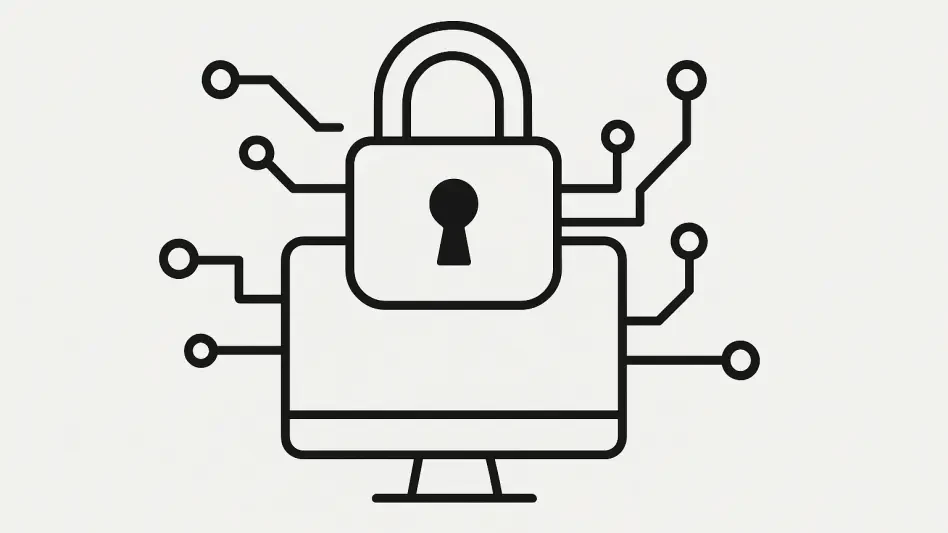As technology evolves rapidly, the shift towards a password-free digital environment is becoming a reality. Microsoft Authenticator, a prominent player in cybersecurity, has announced a significant change that could redefine data protection. Starting August 1, Microsoft Authenticator will no longer support traditional passwords, opting instead for the innovative passkey system. This move signals a bold new direction in securing digital identities and highlights the ongoing evolution of online security measures. By eliminating conventional passwords, Microsoft aims to enhance security and user experience, reducing risk and making digital interactions safer and more efficient.
Transition from Passwords to Passkeys
The decision to abandon passwords in favor of passkeys represents a noteworthy shift in the cybersecurity landscape. Passkeys offer a robust alternative, utilizing cryptographic keys that are unique to each user and device. Unlike passwords, passkeys cannot be easily duplicated or stolen through phishing attacks, making them inherently more secure. They only allow access to registered websites and applications, further protecting users’ data from unauthorized intrusions. The Microsoft Authenticator app facilitates the use of passkeys by requiring biometric verification such as fingerprint or facial recognition. This adds a layer of security and streamlines the login process for users.
Implementing passkeys also simplifies security administration by reducing the need for frequent password updates and complex password requirements. Users will find it easier to access their accounts without compromising security. Additionally, passkeys are stored locally on devices, decreasing the likelihood of large-scale data breaches where millions of password files can be leaked. As phishing attacks become more sophisticated, the adoption of passkeys could be a crucial step in staying ahead of cybercriminals. This evolution by Microsoft underscores the growing need for advanced security measures that prioritize both user convenience and data integrity.
Navigating the New Landscape
As Microsoft Authenticator transitions to passkeys, users must adapt to a changed cybersecurity environment. For those accustomed to traditional passwords, understanding the benefits and functionality of passkeys is vital. Microsoft provides resources to help users seamlessly transition and secure their data with the new system. Users may initially face a learning curve, but Microsoft’s commitment to user-friendly design aims to ease the process. Microsoft has addressed concerns by allowing users to migrate their saved passwords to the Edge browser. This option ensures continuity in password management during this transition.
Taking advantage of robust password managers and passkey systems ensures comprehensive security without sacrificing convenience. Users not interested in Microsoft’s ecosystem can explore alternatives such as Bitwarden or 1Password for managing access credentials. The market for third-party password managers is competitive, offering a range of features tailored to different security needs and preferences. The shift towards passkey-based authentication emphasizes a broader industry trend focused on enhancing security measures. As Microsoft’s decision may influence other players in the technology sector, staying informed and prepared for potential changes becomes increasingly critical.
Steps for Enhanced Security
To facilitate a smooth transition to passkeys, Microsoft has outlined steps to enhance user security. First, syncing saved passwords from Microsoft Authenticator to Microsoft Edge is essential. This ensures that existing credentials remain accessible and not lost in the transition. Setting Microsoft Edge as the default autofill option on mobile devices enables efficient password management going forward. Users should update their devices to support biometric authentication, an integral part of utilizing passkeys. Ensuring devices have the latest software updates increases protection against vulnerabilities.
For users unwilling to use Edge, exploring third-party options remains a valid solution. Evaluating different password managers based on features, reliability, and security offerings helps determine the best fit for individual needs. As digital security continues to evolve, proactively adopting new technologies like passkeys becomes crucial. Users should regularly review their digital security practices and stay informed about emerging trends in cybersecurity. This proactive approach ensures their accounts and private information remain safeguarded as technological advancements shape the future of online security.
Future Implications
As technological advancements continue at an astonishing rate, the vision for a digital world without passwords is swiftly becoming a reality. Microsoft Authenticator, a leading authority in cybersecurity, has unveiled a pivotal shift that promises to revolutionize how data is protected. Starting on August 1, the platform will phase out the use of traditional passwords, embracing instead an innovative passkey system. This transition predominantly marks a daring leap towards safeguarding digital identities, reflecting the ongoing evolution in online security practices. By removing conventional passwords from the equation, Microsoft aims to strengthen security protocols while streamlining user interactions. This change is set to reduce vulnerabilities, making digital engagements both safer and more efficient. As we move forward, it’s clear that such innovations are integral to maintaining security in our increasingly interconnected digital world, ensuring users have a more secure and fluid online experience.








